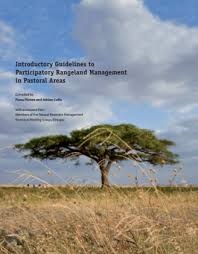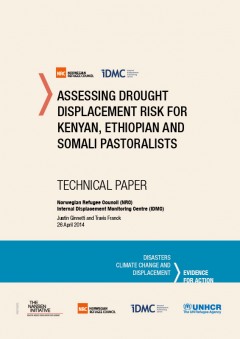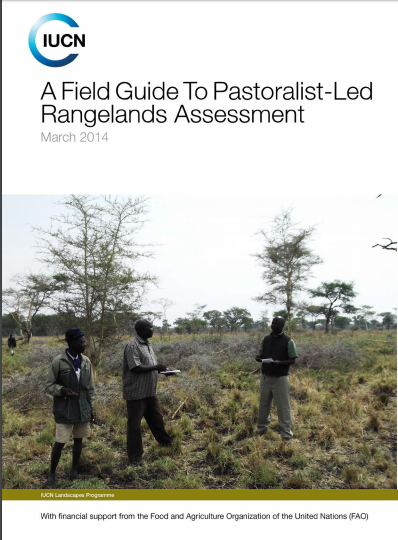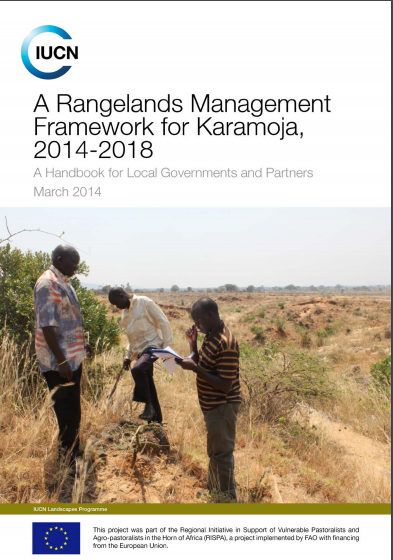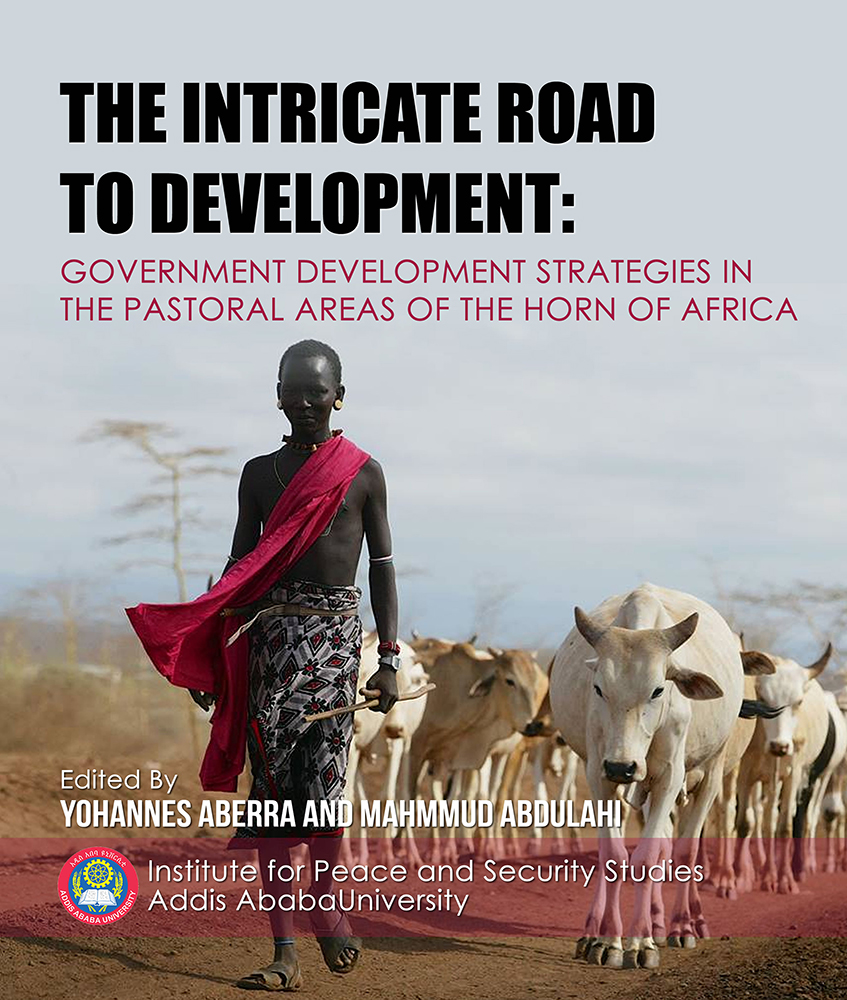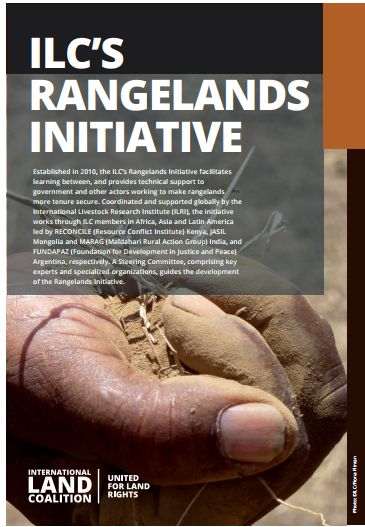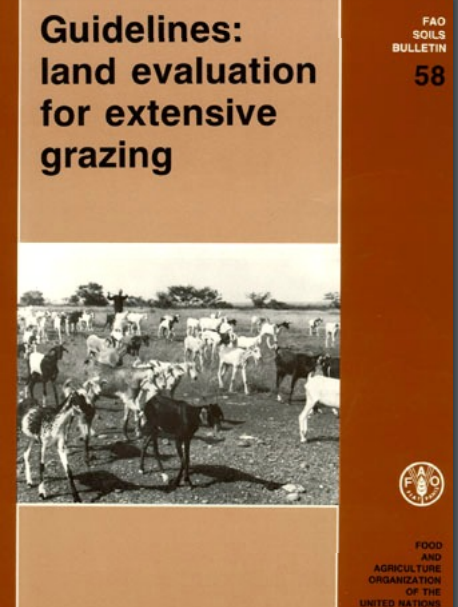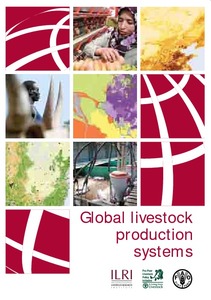Introductory Guidelines to Participatory Rangeland Management in Pastoral Areas
These guidelines introduce and promote the essential elements of participatory rangeland management (PRM). Based upon the successful experiences of participatory forest management, the guidelines provide a process following three stages of investigation, negotiation and implementation. The sequential steps of this process lead to the development of a rangeland management plan and a legally binding rangeland management agreement between a local rangeland management institution and the appropriate local government office.

